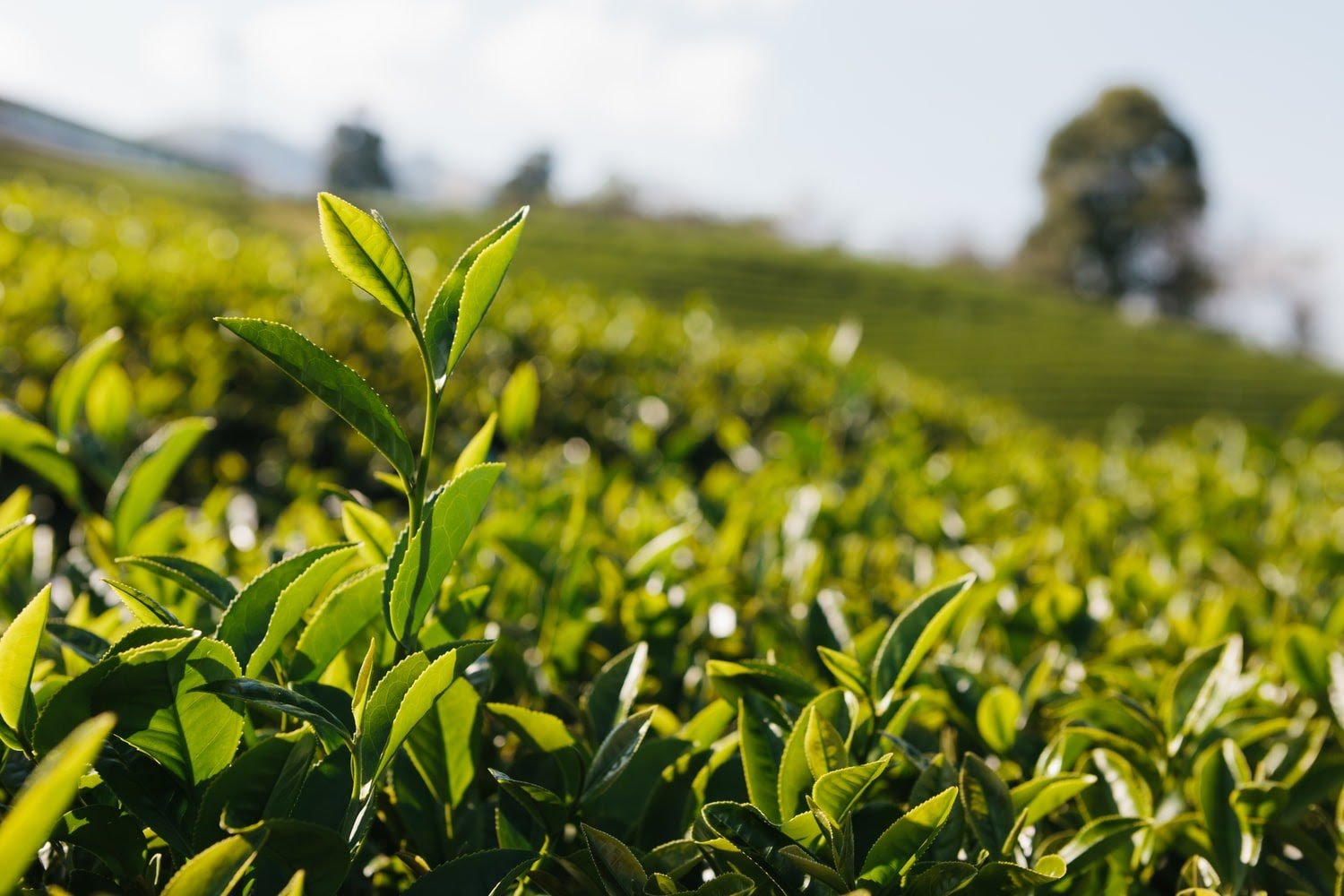The Timeless Charm of Long Jing Dragon Well Tea: A Journey Through Flavor and Tradition

Introduction
Have you ever sipped on a cup of tea so delightful that it feels like a warm embrace? If you haven’t yet experienced Long Jing Dragon Well tea, you’re in for a treat! This legendary Chinese green tea, known for its unique flavor and storied history, has captivated the hearts of tea drinkers for centuries. Whether you’re a seasoned tea connoisseur or just dipping your toes into the world of tea, Long Jing, or Dragon Well tea, offers a fascinating blend of tradition, taste, and tranquility.
The Origins of Long Jing Dragon Well Tea
The Birthplace of a Legend
Nestled in the lush hills of Hangzhou, China, lies the birthplace of Long Jing Dragon Well tea. The village of Longjing, which translates to “Dragon Well,” has been home to this exceptional tea for over a thousand years. But what’s in a name? As the legend goes, the village got its name from a well that was believed to be the lair of a benevolent dragon. This mythical dragon was said to control the rain, and the villagers believed that the well’s water could bring good fortune, especially in times of drought. Hence, the tea that grew in the surrounding hills was named after this legendary well.
A Royal Endorsement
Long Jing tea didn’t become famous just because of its connection to the dragon. It caught the attention of the Chinese emperors, and once it was bestowed the status of an imperial tea, its reputation skyrocketed. During the Qing Dynasty, Emperor Qianlong visited the tea gardens in Hangzhou and was so impressed with the tea that he designated 18 tea bushes as “Imperial Tea Trees.” These trees, still alive today, produce some of the most expensive tea leaves in the world.
The Unique Characteristics of Long Jing Dragon Well Tea
Appearance and Aroma
At first glance, Long Jing tea leaves are a thing of beauty. They are flat, smooth, and have a unique shape that resembles the blade of a sword. This appearance is a result of the meticulous hand-pressing technique used during the tea’s processing. When you brew the tea, you’ll notice a vibrant green color that’s almost jade-like. And the aroma? It’s a delicate blend of chestnut and fresh grass, with a subtle sweetness that invites you to take that first sip.
The Taste of Tradition
The flavor of Long Jing Dragon Well tea is unlike any other green tea. It has a fresh, clean taste with a slight nuttiness and a lingering sweetness. The tea has a mellow flavor that isn’t too overpowering, making it perfect for those who prefer a lighter brew. What’s more, it leaves a pleasantly sweet aftertaste that keeps you coming back for more.
Health Benefits of Long Jing Dragon Well Tea
- Rich in Antioxidants: Long Jing is packed with catechins, a type of antioxidant that helps fight off free radicals in the body. This can help reduce the risk of chronic diseases and promote overall health.
- Boosts Metabolism: Regular consumption of Long Jing tea can aid in weight management by boosting your metabolism. It’s a great addition to a healthy diet and exercise routine.
- Improves Mental Clarity: The combination of caffeine and L-theanine in Long Jing tea can enhance mental clarity and focus, making it an excellent choice for those who need a little pick-me-up without the jitters that coffee can cause.
- Supports Heart Health: The tea’s antioxidant properties also contribute to heart health by reducing LDL cholesterol levels and improving blood circulation.
How to Brew the Perfect Cup of Long Jing Dragon Well Tea
What You’ll Need
- Fresh Long Jing Dragon Well Tea leaves: Quality matters! Opt for premium-grade leaves for the best experience.
- Filtered water: Pure water brings out the best flavors in the tea.
- A glass or porcelain teapot: These materials don’t interfere with the tea’s delicate flavor.
Step-by-Step Brewing Guide
- Heat the water: Bring your water to a temperature between 175°F to 185°F (80°C to 85°C). Avoid boiling water as it can scorch the delicate leaves.
- Warm your teapot: Pour a little hot water into the teapot to warm it up, then discard the water.
- Add the tea leaves: Use about 1 teaspoon (around 3 grams) of tea leaves per 8 ounces of water. Place the leaves directly into the teapot.
- Pour the water: Gently pour the hot water over the leaves, filling the teapot about halfway. Let it sit for a few seconds to allow the leaves to “awaken.”
- Steep: After a brief moment, fill the teapot with the remaining water and let the tea steep for about 2-3 minutes. Don’t steep too long, or the tea may become bitter.
- Serve and enjoy: Pour the tea into your cup, savoring the aroma before taking your first sip.
Pro Tips for a Perfect Brew
- Don’t rush: Long Jing tea is all about patience. Give the leaves time to unfurl and release their full flavor.
- Multiple infusions: Long Jing tea can be steeped multiple times. The second and third brews often reveal new layers of flavor.
Pairing Long Jing Dragon Well Tea with Food
Ideal Snacks to Complement Your Tea
When it comes to pairing food with Long Jing tea, the options are delightful! Here are a few suggestions:
- Light Dim Sum: The mild flavor of Long Jing pairs beautifully with steamed dumplings and other light dim sum dishes.
- Fresh Fruits: Try it with slices of pear, melon, or apple. The fruity sweetness enhances the tea’s natural nuttiness.
- Nuts and Seeds: Almonds, walnuts, and sunflower seeds make for a crunchy, satisfying snack alongside your tea.
Why Pairing Matters
Pairing food with tea isn’t just about matching flavors—it’s about creating a balanced experience. The right food can highlight the tea’s subtle notes and provide a satisfying contrast to its delicate flavors.
Frequently Asked Questions (FAQs)
1. What makes Long Jing Dragon Well tea different from other green teas?
Long Jing Dragon Well tea is unique due to its hand-pressed leaves, distinct flat shape, and the specific region in China where it’s grown. Its flavor profile is also more nutty and sweet compared to other green teas, which can be more grassy or bitter.
2. Can I add sweeteners to Long Jing tea?
While you can add sweeteners, it’s generally not recommended. The natural sweetness of Long Jing tea is best enjoyed on its own, and adding sugar or honey might overpower its delicate flavors.
3. How can I tell if my Long Jing tea is authentic?
Authentic Long Jing tea will have a flat, sword-like shape and a fresh, chestnut-like aroma. The tea should be a vibrant green color, and the taste should be mellow with a slight sweetness. If your tea tastes bitter or has a dull color, it might be of lower quality or not true Long Jing.
4. What’s the best way to store Long Jing Dragon Well tea?
Store your Long Jing tea in an airtight container, away from light, moisture, and strong odors. Keeping it in a cool, dark place will help preserve its freshness and flavor.
5. How long can I keep Long Jing tea before it goes bad?
If stored properly, Long Jing tea can maintain its flavor and quality for up to 18 months. However, for the best taste, it’s recommended to consume it within the first year.
Conclusion
Long Jing Dragon Well tea is more than just a beverage; it’s a journey through Chinese culture, history, and flavor. From its mythical origins in the Dragon Well to its esteemed status as an imperial tea, Long Jing offers a tea-drinking experience like no other. Its delicate balance of nuttiness and sweetness, combined with its numerous health benefits, makes it a must-try for any tea enthusiast.
So, the next time you’re looking to unwind, brew yourself a cup of Long Jing Dragon Well tea. Take a moment to savor its rich history and exquisite flavor, and you’ll understand why it has remained a beloved choice for tea drinkers around the world for centuries. Cheers to your tea journey!




One Comment